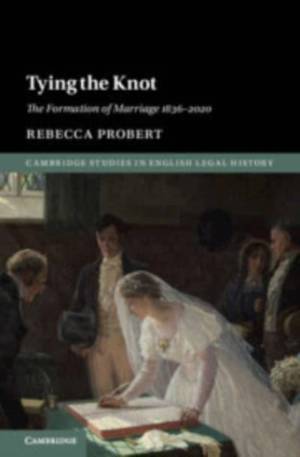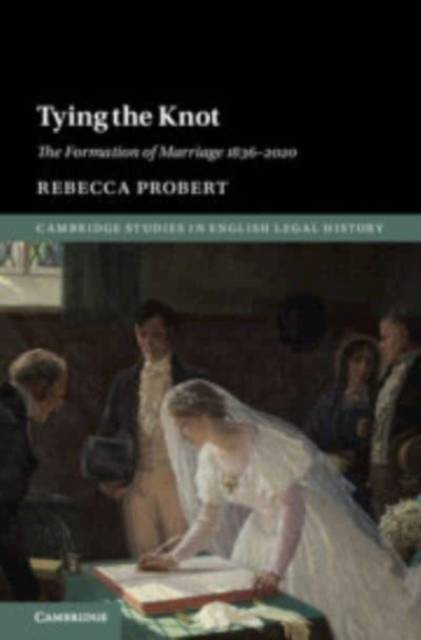
- Afhalen na 1 uur in een winkel met voorraad
- Gratis thuislevering in België vanaf € 30
- Ruim aanbod met 7 miljoen producten
- Afhalen na 1 uur in een winkel met voorraad
- Gratis thuislevering in België vanaf € 30
- Ruim aanbod met 7 miljoen producten
Zoeken
€ 46,45
+ 92 punten
Uitvoering
Omschrijving
The Marriage Act 1836 established the foundations of modern marriage law, allowing couples to marry in register offices and non-Anglican places of worship for the first time. Rebecca Probert draws on an exceptionally wide range of primary sources to provide the first detailed examination of marriage legislation, social practice, and their mutual interplay, from 1836 through to the unanticipated demands of the 2020 coronavirus pandemic. She analyses how and why the law has evolved, closely interrogating the parliamentary and societal debates behind legislation. She demonstrates how people have chosen to marry and how those choices have changed, and evaluates how far the law has been help or hindrance in enabling couples to marry in ways that reflect their beliefs, be they religious or secular. In an era of individual choice and multiculturalism, Tying the Knot sign posts possible ways in which future legislators might avoid the pitfalls of the past.
Specificaties
Betrokkenen
- Auteur(s):
- Uitgeverij:
Inhoud
- Aantal bladzijden:
- 298
- Taal:
- Engels
- Reeks:
Eigenschappen
- Productcode (EAN):
- 9781108999830
- Verschijningsdatum:
- 6/04/2023
- Uitvoering:
- Paperback
- Formaat:
- Trade paperback (VS)
- Afmetingen:
- 152 mm x 229 mm
- Gewicht:
- 399 g

Alleen bij Standaard Boekhandel
+ 92 punten op je klantenkaart van Standaard Boekhandel
Beoordelingen
We publiceren alleen reviews die voldoen aan de voorwaarden voor reviews. Bekijk onze voorwaarden voor reviews.








